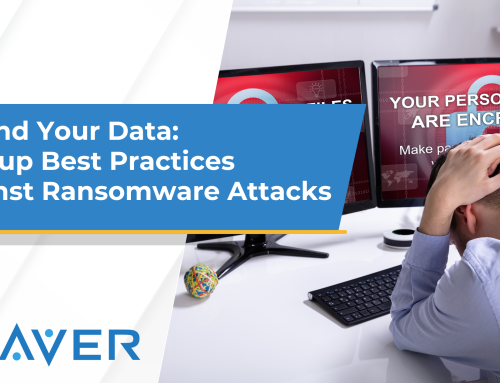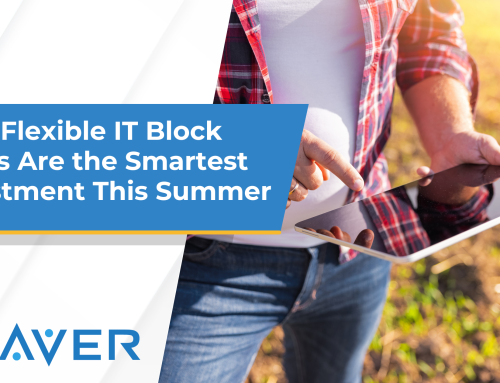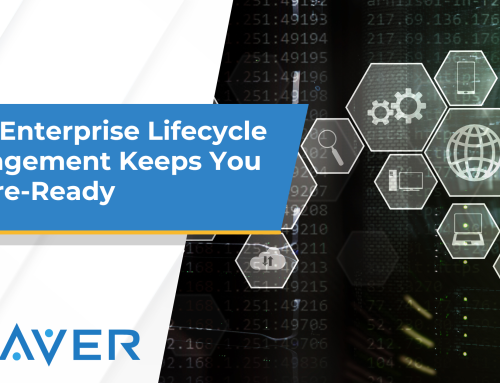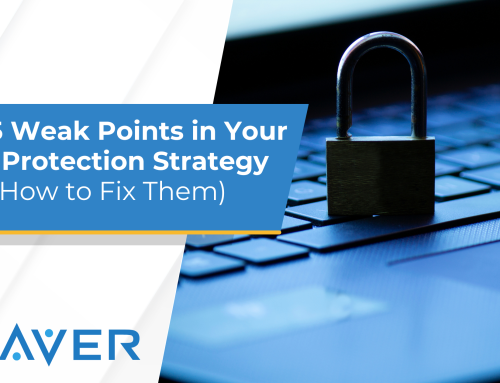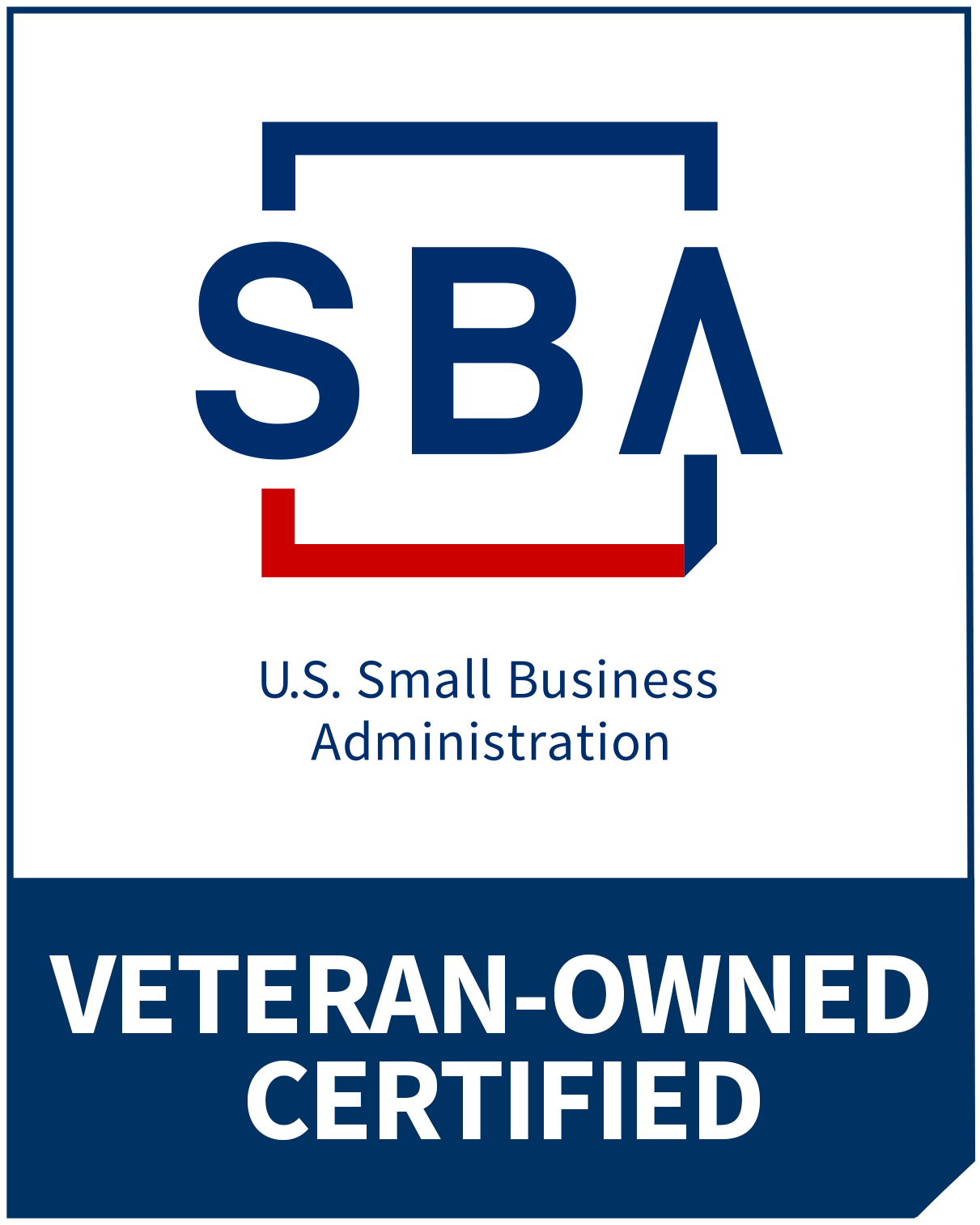K-12 schools face unique challenges when it comes to implementing and managing virtual desktop infrastructure (VDI). With limited IT resources and budgets, it can be difficult to ensure that VDI solutions meet the needs of both students and teachers.
One of the biggest pain points for K-12 schools is ensuring that students have access to reliable and consistent technology. With a large number of students and devices, it can be challenging to ensure that VDI solutions are able to handle the demands of a busy classroom environment. Persistent VDI for K-12 education solutions provide each user with their own dedicated desktop, ensuring a consistent user experience every time they log in. This approach is ideal for schools with a set number of devices and users, as it allows for a customized and personalized environment. Non-persistent VDI solutions, on the other hand, provide a shared desktop environment that’s reset after each use. This approach is ideal for schools with a fluctuating number of users and devices, as it allows for a more flexible and scalable environment.
Another challenge for K-12 schools is ensuring that VDI solutions are easy to use and maintain for both students and teachers. Teachers may have limited IT expertise and may not have the time or resources to troubleshoot technical issues. To address this, it’s important to choose a solution that’s easy to set up and manage, with minimal ongoing maintenance requirements. Many persistent and non-persistent VDI for K-12 education solutions offer user-friendly interfaces that allow students and teachers to easily access their desktops and applications, without requiring extensive technical knowledge.
K-12 schools also need to ensure that their VDI solutions are secure and compliant with relevant regulations. This can be particularly challenging for schools that handle sensitive data, such as student records or financial information. To address this, it’s important to choose a solution that offers strong security features, such as data encryption, firewalls, and access controls. Additionally, schools subject to regulatory compliance requirements should ensure that their VDI solutions meet necessary standards, whether they opt for a persistent or non-persistent solution.
Finally, K-12 schools need to ensure that their VDI solutions are able to support remote learning and provide a consistent user experience, regardless of location or device. With many schools implementing hybrid or fully remote learning models, it’s important to choose a solution that offers reliable and consistent performance, with minimal latency and downtime. Both persistent and non-persistent VDI solutions can offer remote access, with persistent VDI providing a consistent experience across all devices and non-persistent VDI allowing for a more scalable approach to remote learning.
At Weaver Technologies, we understand the unique needs of schools and higher education when it comes to VDI management. That’s why we offer both persistent and non-persistent VDI solutions that are tailored to the needs of educational institutions. If you’re interested in learning more about how we can help you manage your VDI environment, please contact us or visit our VDI Solutions page for more information.


